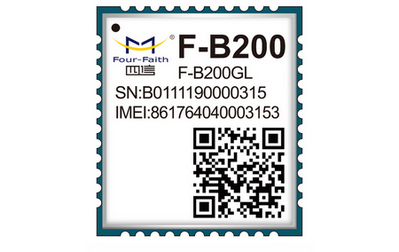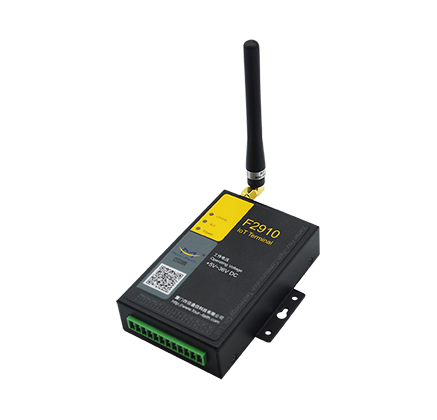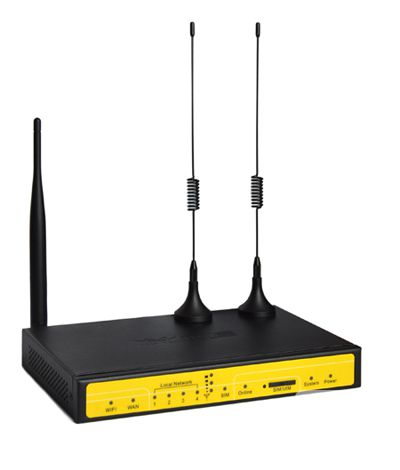RECOMMEND SOLUTIONS

Four-Faith DTU Wireless Monitoring Solution of Meteorological Station
Date:2021-08-26 08:41:18
Background


The meteorological station is a multi-factor automatic monitoring node specially developed and produced for agriculture, hydrology, meteorology, and ecological research which can measure conventional meteorological elements such as rainfall, wind direction, wind speed, temperature, atmospheric pressure, and humidity. To make up for the deficiency of large-scale monitoring equipment in the weather forecast, unmanned weather stations are used to achieve real-time data monitoring in many regions. It has flexible site selection not limited by the environment, has relatively low input cost, and 24 hours operation, can obtain more comprehensive, more detailed, more timely data information, to further improve the accuracy of meteorological forecasting to provide more reliable data guarantee.

Pain Point
1. High labor costs make it difficult to monitor data anytime & anywhere and hard to solve problems in time.
2. The satellite network has small coverage, low speed, and no direct communication between small stations, which limits the network function.
3. The traditional ground network of the meteorological information systems was built early, with low equipment performance, low speed, and high latency which is difficult to meet the requirements.
Solution Introduction
Based on the Four-Faith DTU data transmission terminal, the measurement data of customer demand collected by the weather stations distributed in various places will be transmitted to the central monitoring and analysis system, so that the staff can know the real-time meteorological monitoring data of each meteorological monitoring node without going out of the room.
The meteorological center can check the node location, real-time data display, historical data query operation, time statistics, curve analysis, site management, login management, and other functions. During the abnormal situation, the system will send out forecasting warning information in a variety of ways, notice the management personnel to deal with an emergency alarm, and take the necessary precautions.

Advantages
● 24 hours of unmanned duty
● No wiring, support 2/3/4G cellular network wireless transmission
● Stable operation at -35℃~75℃ high and low-temperature environment for a long time
● Remote observation equipment deployment, reduce the field observation, improve work efficiency
TAGS: Meteorological Station DTU data transmission terminal DTU Wireless [Previous Page]
Previous Page:GPRS IP Modem is successfully applied in Guangdong haze monitoring project
next page:Four-Faith City Pollution Sources Monitoring Solution








